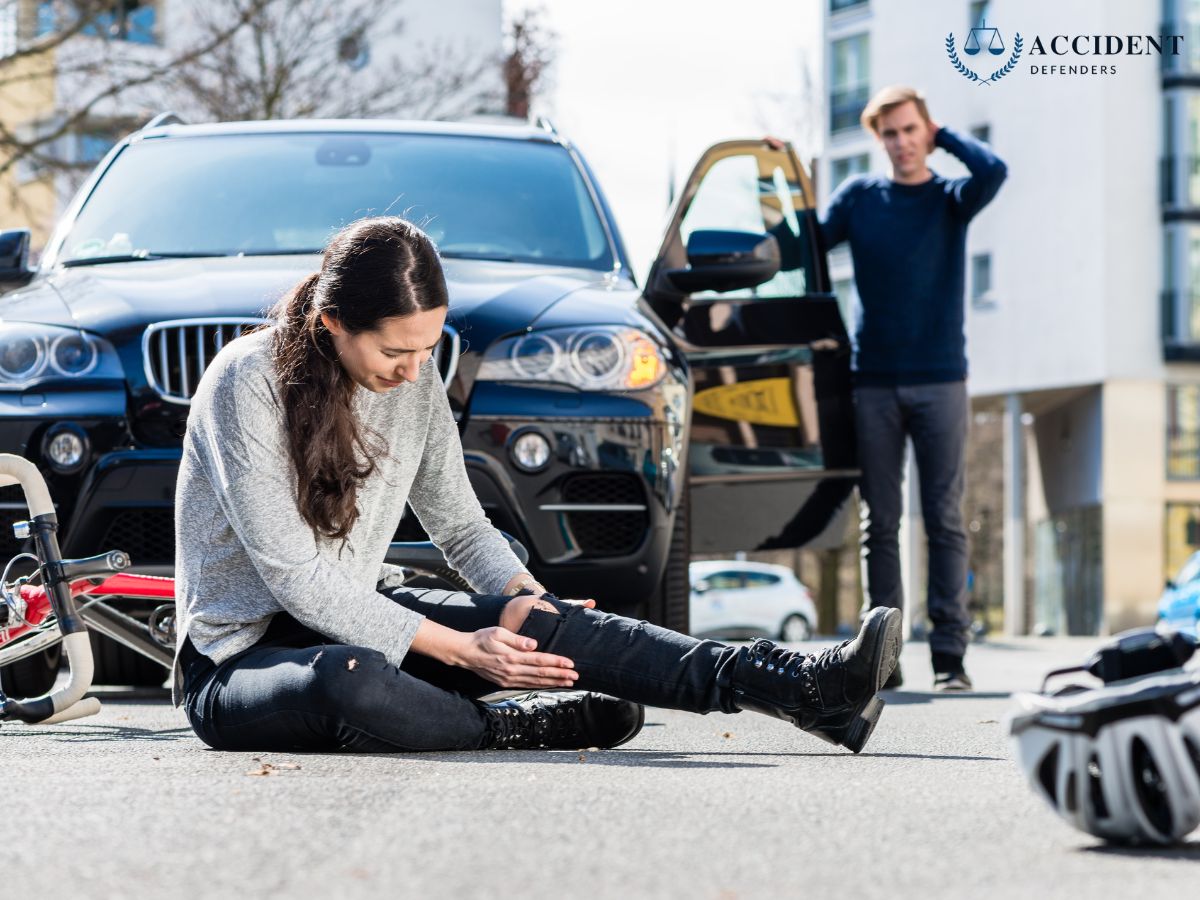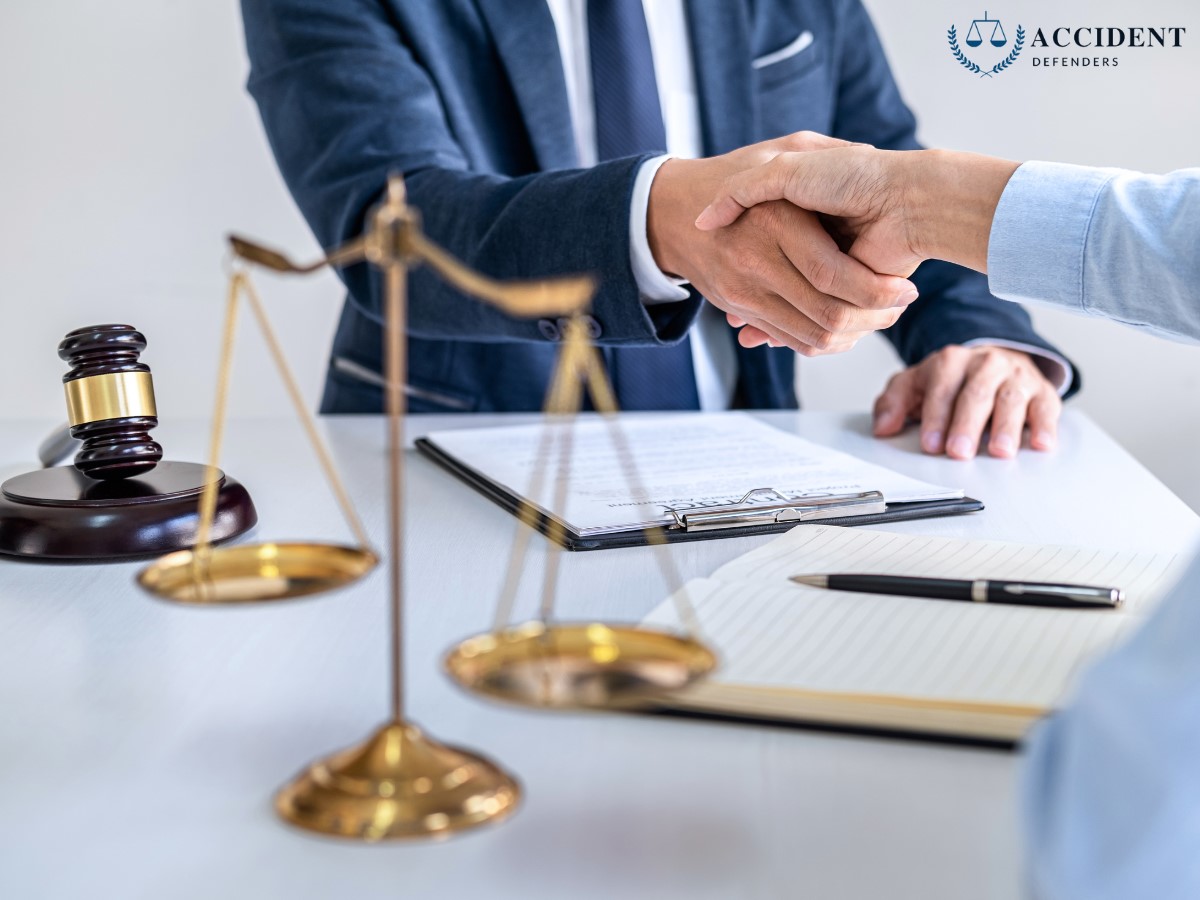Slip and fall accidents are unforeseen, whether in your workplace, in your neighbor’s residence, in a restaurant, or anywhere else. Unfortunately, these accidents usually occur due to someone’s negligence, such as overlooked “wet floor signages,” misplaced carpet, inappropriately designed flooring, unorganized wiring, and many other reasons.
As a consequence:
About one million people in the USA go for emergency visits due to slips and falls injuries. Also, it has been found that, on average, a fall medical service costs approximately $30k to $40k.
However, are you going to bear the physical pain and the financial strain of someone else’s negligence on your own? The straight answer is NO!
The fall and slip injury rules state that if you trip on others’ property or public spots, you have the right to claim compensation from the concerned individuals. By understanding the liability of the injuries, you can move confidently with the legal procedures to assert your rights.
Go through the discussion below to know your rights and understand the liability in detail.
Slip and Fall Accident Laws in CA
Premises Liability:
This California Civil Code 1714 is about ensuring safety on the premises.
It states that property owners in California are legally responsible for maintaining safe premises for guests or visitors, and upon negligence or recklessness, they can be held liable for injuries caused.
Establishing Fault
To recover damages in a slip and fall claim in California, the injured party must prove that the property owner was negligent, didn’t exercise reasonable care, or failed to warn of dangers. Please note that reasonable care varies based on the circumstances.
Comparative Negligence
California follows comparative negligence, allowing individuals to be partially at fault for their slip and fall injury and still file a claim. The final settlement amount is adjusted based on the individual’s percentage of fault.
Trespassers
In most cases, trespassers in California cannot file a slip and fall lawsuit unless certain exceptions apply, such as lack of clear property markings, booby traps, or if the trespasser is a child who is not considered responsible for their actions.
Identifying the Liable Party in a Slip or Trip and Fall Accident
Here’s a detailed breakdown of the factors involved in identifying the liable party in a slip or trip and fall accident:
Foreseeability of Presence: The liable party is typically the one who can foresee your presence on the property.
Knowledge of Hazard and Negligence: The property owner or other liable party should have known about a hazard or should have been reasonably aware of it. If they were negligent in addressing, cleaning, repairing, or warning about the danger, they may be deemed liable.
Causation: It must be established that the negligence of the liable party directly caused the fall and resulting injuries.
Importantly, a personal injury attorney can conduct a thorough investigation to confirm the primarily liable party and collect evidence to support your claim. They are also able to identify insurance coverage that will cover your damages in the event of a settlement or court award.
When to File a Slip and Fall Claim?
In California, individuals generally have two years from the date of their slip and fall accident to file a lawsuit. Exceptions include government property accidents, where the period is six months, and tolling for child victims until they turn 18.
How Much Might Your Slip and Fall Case Be Worth?
Extent and Permanency of Injuries: The severity and permanence of the injuries sustained in the slip and fall incident are crucial. More serious injuries, such as traumatic head injuries, fractures, or long-term disabilities, typically result in higher compensation.
Contributory Negligence: If the injured party has any degree of fault for the accident, it might affect the overall compensation amount. Comparative negligence laws in some states can impact the final settlement or award.
Insurance Coverage and Liability Limits: The availability and limits of insurance coverage can influence the potential compensation. Higher insurance coverage may lead to higher settlements, but it also depends on the specific policy.
Strength of Evidence: Strong evidence supporting the plaintiff’s legal claims, such as witness testimony, medical records, and documentation of the hazardous conditions, can strengthen the case and potentially lead to a higher settlement.
Settlement vs. Trial: The vast majority of slip and fall cases are settled out of court. However, the willingness of both parties to negotiate and the potential outcome of a trial can impact the amount of the settlement.
How Can an Attorney Help With Your Slip and Fall Accident?
- Having experience, expertise, and understanding of the standard compensation amounts, they can prevent you from accepting an unfair settlement by ensuring that any settlement offer takes into account your past and future losses.
- If negotiations with the insurance company fail, the attorney can help file a personal injury lawsuit, represent your best interests to a jury and judge, and manage the required paperwork and deadlines.
- The attorney focuses on the incident details and collects the relevant documents to prove the owner’s liability for the losses incurred due to the slip and fall accident.
Wrapping Up
Understanding the liability for a slip and fall accident is essential to receive your deserving compensation. The clarity about the relevant laws in California would assist you in smoothening the complexities involved in the field of law.
To ensure that your rights are protected and you settle on fair compensation, you can get assistance from our accident lawyer slip and fall. We will help you strengthen your case by understanding the depth of the accident, collecting the required evidence, and representing you suitably in court. Contact Accident Defenders now to get justice for your sufferings!




